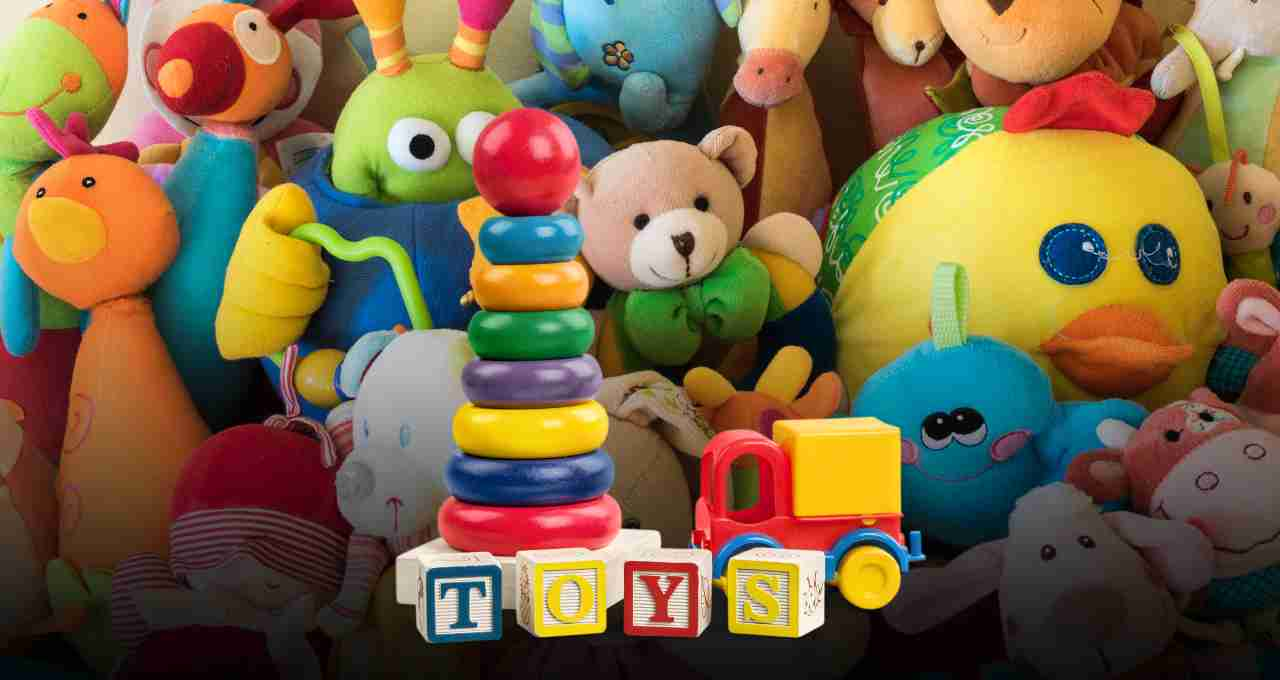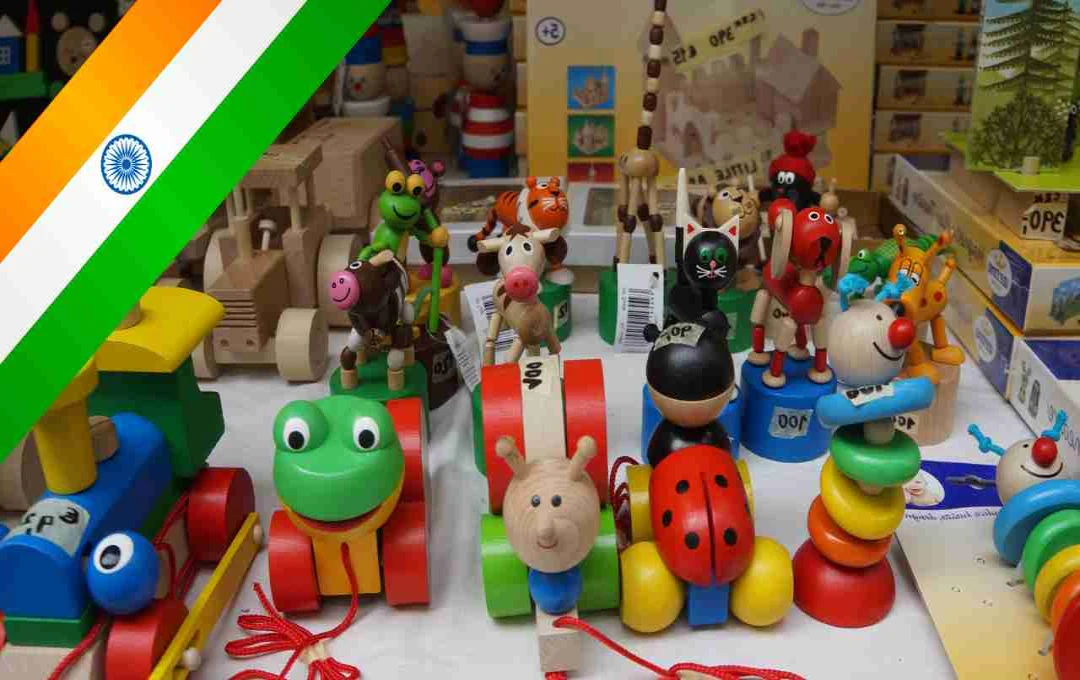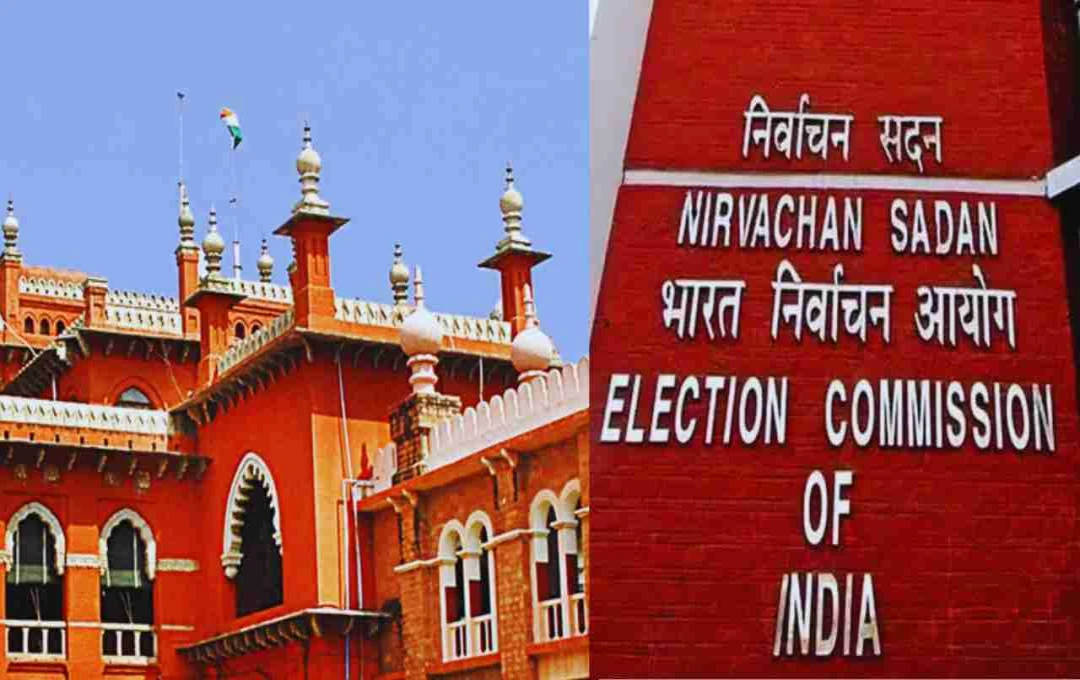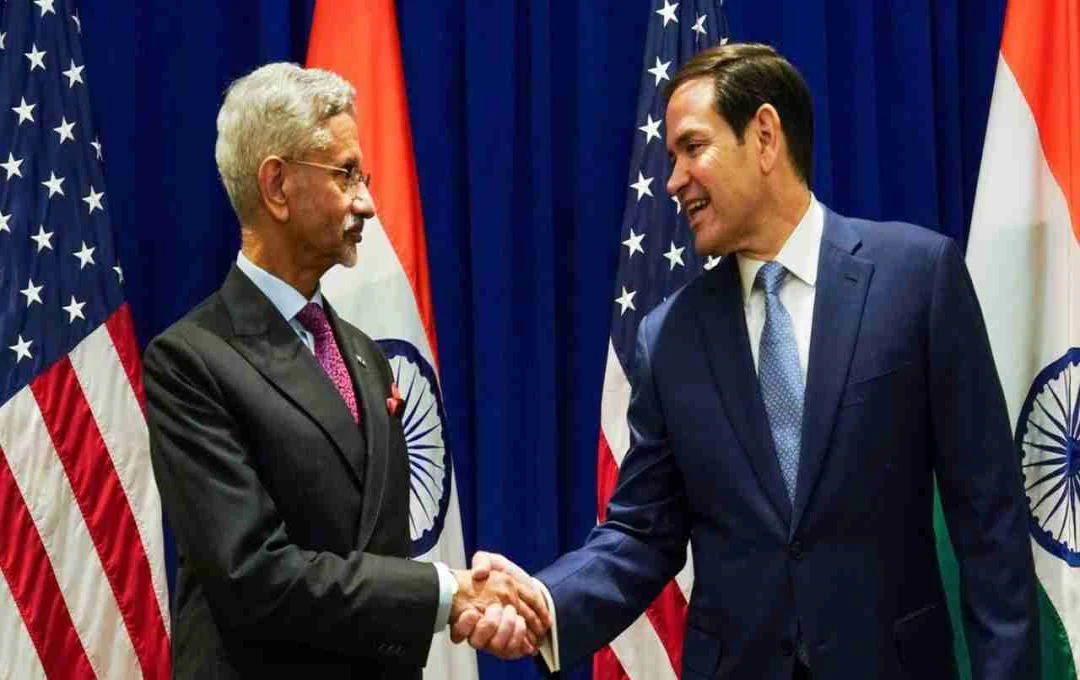The Government of India is working on a new scheme worth ₹13,000 crore to increase self-reliance in the toy sector and reduce dependence on China. The objective of this scheme is to make India a global toy manufacturing hub, with provisions for investment, local production, and employment-related incentives.
Toy Market: The Department for Promotion of Industry and Internal Trade (DPIIT) is working on a new scheme worth ₹13,000 crore to make India a global manufacturing hub for toys. This scheme focuses on promoting domestic manufacturing, reducing import dependency, and competing with countries like China and Vietnam. Under the proposal, companies investing more than ₹500 crore will be given customs duty concessions and business, localization, and employment-based incentives for up to 5 years. This scheme can be implemented soon after approval.
China's Dominance and India's Challenge
Currently, China holds an approximate 58 percent share in the global toy market. This means that one out of every two toys sold worldwide is made in China. India's share is currently only around 1.7 percent. However, due to its large population, affordable labor, and rapidly developing manufacturing sector, India has immense potential for improvement in this regard.
The government's goal is for India to become a major player in the global toy market in the coming years. For this, not only will production be increased, but local industries will also be connected with modern technology, design, and supply chain.
Key Highlights of the Scheme
According to information, if this scheme receives approval from the Union Cabinet, several financial incentives will be provided to toy manufacturing units. These will include financial assistance for specified raw materials and customs duty concessions for large investment units.
Companies investing more than ₹500 crore will be exempted from basic customs duty. However, for this, companies will have to fulfill certain conditions such as increasing investment, sales targets, domestic value addition, and export standards.
Three Types of Incentives

The government is preparing to offer three types of economic incentives under this scheme. The first will be business-related incentives, the second localization-related, and the third employment-related incentives.
- Business Incentives: Companies that show an increase in annual sales and meet the investment criteria set by the government will be provided with incentive amounts.
- Localization Incentives: If companies produce a significant portion of the raw materials used in their production within India, they will receive financial assistance.
- Employment Incentives: Companies creating new jobs will also receive support from the government.
All these incentives will be available for a period of five years to encourage companies to make long-term investments in manufacturing units.
Significant Potential in the Toy Industry
Industry stakeholders believe that India's toy industry has the potential to capture a significant share of the global market. However, this will require a focus on design, quality, and international standards.
If the government effectively implements this scheme, it will create millions of jobs. Additionally, small and medium-scale toy manufacturers currently operating informally will be able to integrate into the organized sector.
Current Status of India's Toy Industry
In 2024, the global toy market size was approximately $114 billion. India's share in this is very small, but domestic demand is continuously growing. Sales of toys related to children's play and learning are seeing a rapid increase.
In recent years, India has reduced toy imports and increased domestic production. The government has already implemented strict quality standards on toy imports to curb the sale of low-quality foreign toys.















